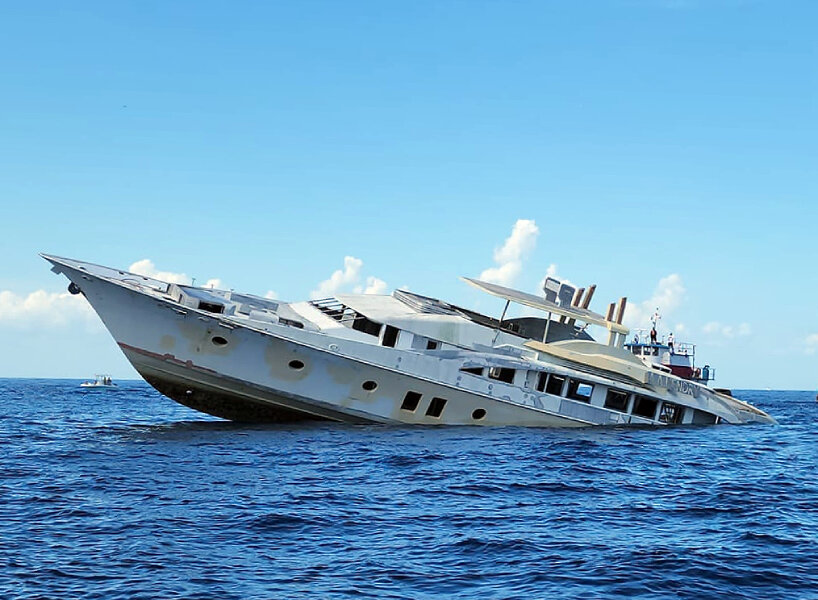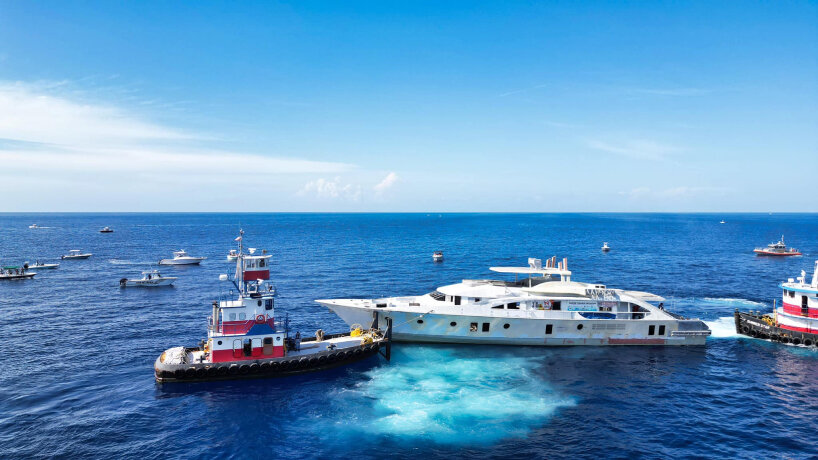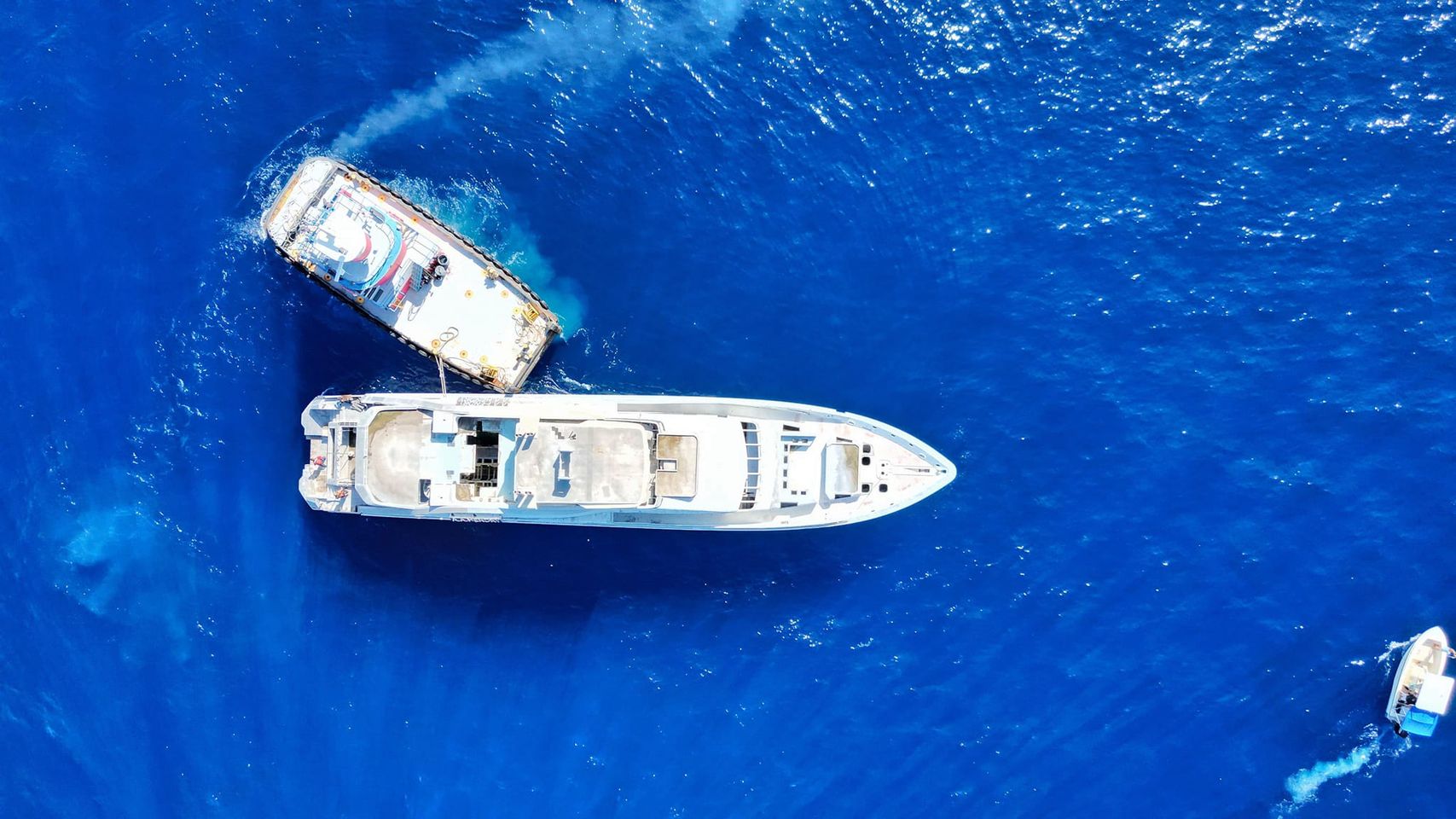Sunshine, cocktails, and the lap of luxury; a yacht usually doesn’t seem to symbolize sustainability or charity. But as our efforts to save the ocean lead to new solutions, some might surprise us. A non-profit initiative sank a superyacht to support marine life. How? It will become an artificial coral reef.

Coral reefs are vital for ocean health. They provide refuge due to their unique structures and also serve as a food hub for countless aquatic species. Unfortunately, due to pollution, overfishing and climate change, the decline in coral reefs has been alarming. Estimates suggest that over 50% of the world's coral reefs have been lost in the past few decades. Luckily there are initiatives trying to undo some of the damage done.
Estimates suggest that over 50% of the world's coral reefs have been lost in the past few decades
Two of these initiatives are the non-profit organization Marine Cleanup Initiative and the St. Lucie County artificial reef programme, both based in Florida. They combined forces and deliberately sunk a 38.6 metre long superyacht in the hope that in 50 years time it will be covered with ivory bush coral. This type of coral is very strong and resilient, making it the perfect candidate to revive and support marine life while facing climate change and other threats.

The decommissioned yacht named Time was built in 1987 by Palmer Johnson Yachts and was at that time the largest the largest aluminium yacht afloat. Time was donated by the Martin County Anglers Club after it has been unused for over 17 years. Instead of recycling it and stripping it for parts, it will now serve as a future home for countless young fish and other aquatic species. The aluminium hull of the ship has been adorned with concrete reef modules, making it easier for the coral to attach to the vessel.
Ivory bush coral is a very strong and resilient type of coral, making it the perfect candidate to revive and support marine life while facing climate change and other threats
It wasn’t the first time that the non-profit organization used ships to serve as new coral reefs. Since 2017 already five ships have been deployed. Next to this new take on repurposing these massive vessels, they also use more traditional techniques such as coral transplantation. This means that they plant new coral into withered coral reefs so the reef can regrow once more. This combination of natural and artificial solutions might revive marine life and undo some of the damage that has been done.

Share your thoughts and join the technology debate!
Be the first to comment